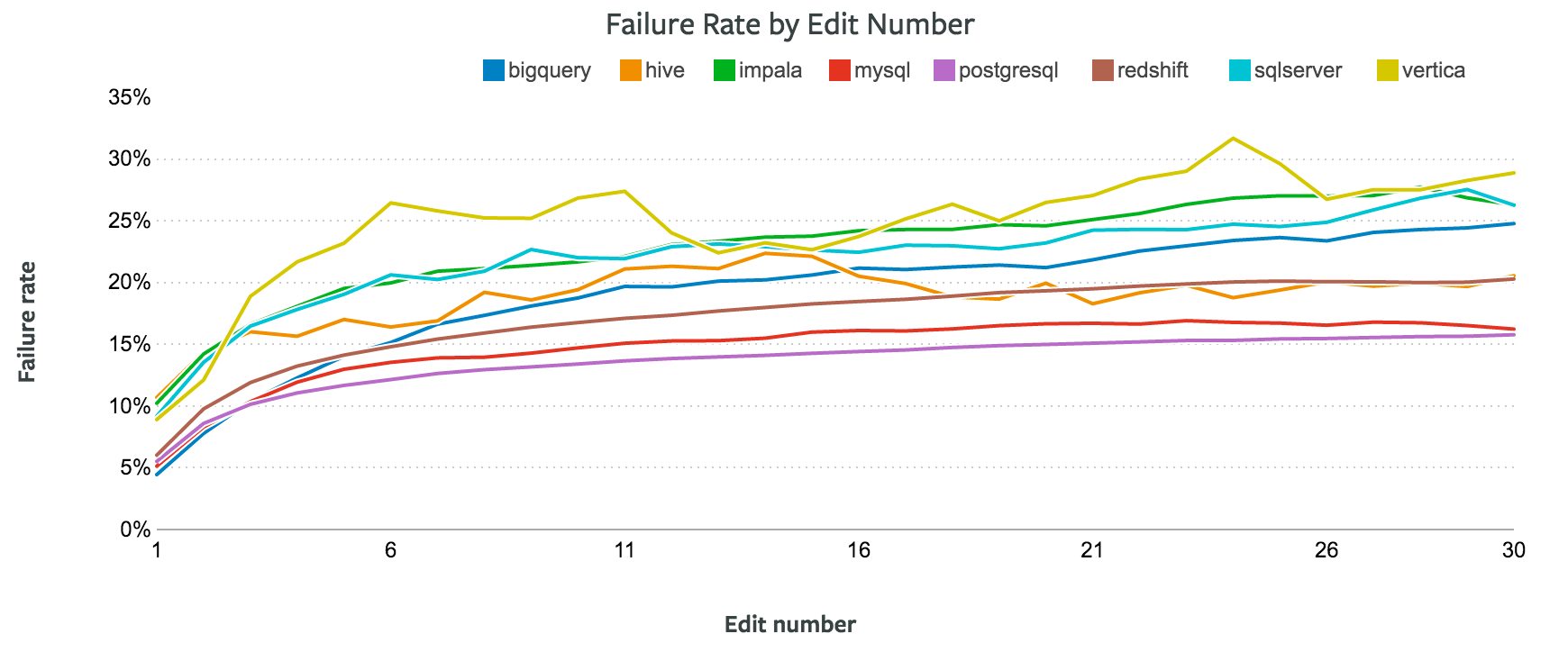


The “–overwrite” flag indicates that SQLpipe should drop the table specified by the “–target-table” and “–target-schema” flags, then create a new table in the target database with the query result’s column names and types.The “–source-ds-type” and “–target-ds-type” flags denote the database type and must be one of SQLpipe’s supported systems.

We would run the following command: sqlpipe transfer \ -source-ds-type "mysql" \ -source-hostname "your-mysql-hostname" \ -source-port 3306 \ -source-db-name "your-mysql-db-name" \ -source-username "your-mysql-username" \ -source-password "your-mysql-password" \ -target-ds-type "redshift" \ -target-hostname "your-redshift-hostname" \ -target-port 5439 \ -target-db-name "your-redshift-db-name" \ -target-username "your-redshift-username" \ -target-password "your-redshift-password" \ -target-schema "your-redshift-schema-name" \ -target-table "name-of-table-to-insert-into" \ -overwrite \ -query "select * from users" Let’s say we want to transfer a table called “users”, from MySQL to Redshift. Running a transfer is accomplished with the “sqlpipe transfer” command and passing some information via flags. The next step is gathering the following information for both MySQL and Redshift: If installation is successful, the version command will print something like this: Git hash: d3b390c Human version: 1.0.0 Step 2 – Gather connection information
#MYSQL TO REDSHIFT DATA TYPES DOWNLOAD#
#MYSQL TO REDSHIFT DATA TYPES HOW TO#
This tutorial will show you how to use the command-line tool to transfer data from MySQL to Redshift. The command-line tool is the easiest way to get started, but the server grants additional features like an API, a UI, user authentication, and horizontal scalability. The command-line tool is excellent for running ad-hoc transfers between two databases, while the server is intended to be part of a recurring ETL process. Redshift Interval Data Types Examplesīelow are some of commonly used INTERVAL data type conversion examples.SQLpipe is a free, open-source tool that can transfer the result of a query from one database to another. You cannot use the INTERVAL data type for columns in Amazon Redshift tables. If you do not specify a datepart or literals, the interval value represents seconds.Ĭreate Redshift Table with Interval Data Type In Redshift, interval literals must include the units like ‘1 days’.You can specify the quantity value as a fraction.Redshift allows you to specify interval qualifiers such as years, months, weeks, days, etc.You can implement an INTERVAL data type in a same or slightly different way compared to other databases.

Redshift interval literalsīelow are the Redshift interval literals: Supported Interval Description For examples, INTERVAL ‘1 days, 2 hours, 59 minutes’.Ībbreviations and plurals of each unit are also supported for example: 5 s, 5 second, and 5 seconds are equivalent intervals. You can form a precise interval type by combining multiple units. All intervals are the same, and can contain values of any combination of units.Īn interval is expressed as a combination of the INTERVAL keyword with a numeric quantity and a supported datepart for example: INTERVAL ‘1 days’ or INTERVAL ’10 minutes’. Redshift accepts the interval syntax, but ignores the unit specification. You can use these interval literals in conditions and calculations that involve date-time expressions. Use an interval literal to identify specific periods of time, such as 10 hours or 6 days.


 0 kommentar(er)
0 kommentar(er)
